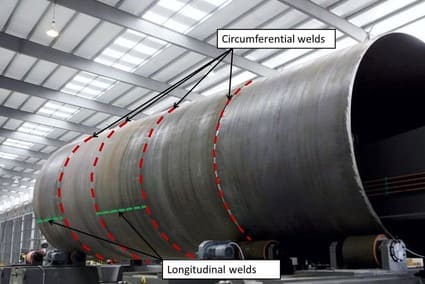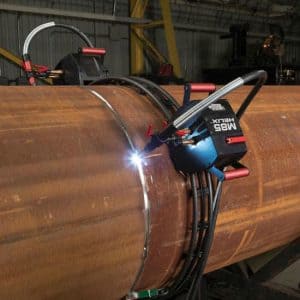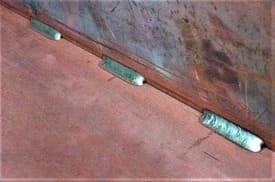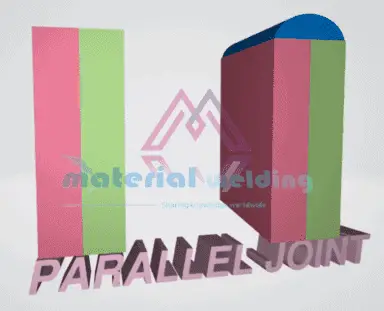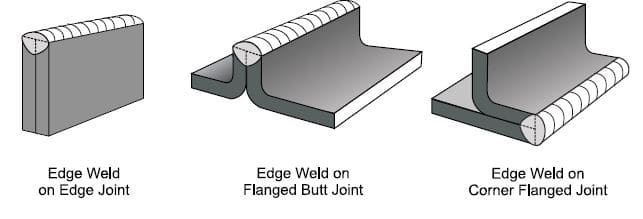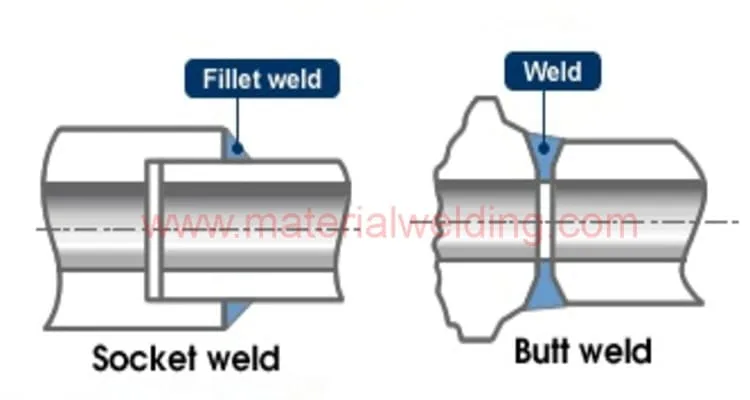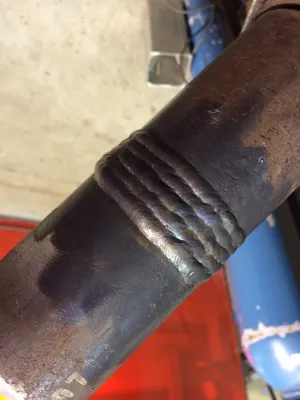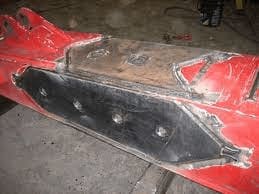What is a Girth Weld?
In welding, the girth weld is the joint between two abutting components. The term is most commonly used in reference to pipe welding. A girth weld is also known as a full encirclement weld.
Girth welds are made by first preparing the ends of the pipes to be joined. The prepared edges are then brought into contact in right alignment (without high-low) and welded together using an arc welding process.
The most common type of arc welding process used for girth welds is Shielded Metal Arc Welding (SMAW).
Girth welds must be made with great care, as they are critical structural joints. Improperly made girth welds can result in leaks or even failure of the entire structure.
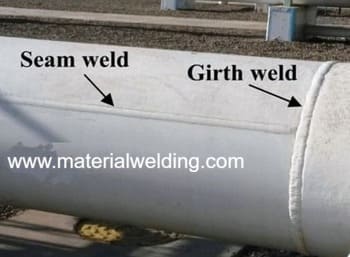
Applications of Girth Weld
There are many industrial applications for girth welds. Here the most common uses for the Girth weld:
- Girth welds are commonly used to join pipes together. This type of weld is strong and can withstand high pressures, making it ideal for use in pipelines.
- Girth welds are also used to join sections of the metal plates together. This type of weld is often used in the construction of storage tanks and other large metal structures such as Columns, vessels, exchangers, and reactors.
- Girth welds can also be used to repair damaged metal structures. This type of weld can be used to repair cracks or other damage in round metal parts (e.g., tanks, vessels, columns) or pipes by welding an insert plate.
- Girth welds can also be used to create custom shapes from metal plates.
- In the field of pipeline construction, girth welds are used to join sections of pipe together.
What is Seam Weld?
Seam Welding can be classified for:
- Piping/ Pipeline welding
- lap welding using a Seam Welder
In Pipeline, seam welding refers the longitudinal welds made on pipe longitudinal axis.
A seam weld is a type of weld that is made by joining two pieces of metal together along a seam.
The most common type of seam weld is the butt weld, which is made by joining two pieces of metal together at their ends.
Seam welding can be done by hand or by machine, and it is often used to join sheet metal or tubular materials.
Seam welding is a very strong type of weld, and it can be used to join metals of different thicknesses.
It is also a fast way to weld, and it can be used to create a watertight seal. Seam welding is often used in the construction of pressure vessels and storage tanks, as well as in the automotive and aerospace industries.
What is a Circumferential Welds?
A circumferential weld is a welding process that involves joining two pieces of metal together by welding them along their circumference, or outer edge.
This type of weld is often used to join pipes or other cylindrical objects. Circumferential welding can be performed using a variety of welding processes, such as gas tungsten arc welding (GTAW), plasma arc welding (PAW), and flux cored arc welding (FCAW).
The main advantage of circumferential welding is that it creates a stronger joint than other types of welds, such as longitudinal welds.
This is because the forces exerted on the joint are evenly distributed around the circumference of the weld, rather than being concentrated in one area.
Does Circumferential Weld & Girth Weld are same?
There are many similarities between circumferential welds and girth welds, but there are also some important differences.
- The Circumferential Weld term is used for vessels, tanks and columns fabrication while the Girth Weld term is used for Piping and pipeline welding (welding pipe end to pipe end).
- Both Girth weld and Circumferential Weld are welded along the circumference (weld around).
Girth weld vs seam weld
A girth weld is a weld made around the circumference of a pipe, while a seam weld is a linear weld made along the length of a pipe.
There are several factors to consider when choosing which type of weld to use, including the size and thickness of the pipe, the type of metal being used, and the amount of time and money available for the project.
In general, girth welds are stronger and more durable than seam welds, but they are also more expensive and time-consuming to create.
Seam welds are less strong than girth welds but can be completed more quickly and cheaply.
Ultimately, the decision of which type of weld to use depends on the specific needs and requirements of the project at hand.
Girth Weld vs Groove Weld
When it comes to welding, there are many different types and terms that are used. Two of these terms are girth weld and groove weld.
While they may sound similar, there is a big difference between the two. A girth weld is a type of groove weld that is specifically used for joining pipes together.
On the other hand, a groove weld is a more general term that can be used for welding plates or pipes together.
In most cases, a groove weld will be stronger than a girth weld since it penetrates the materials more deeply.
